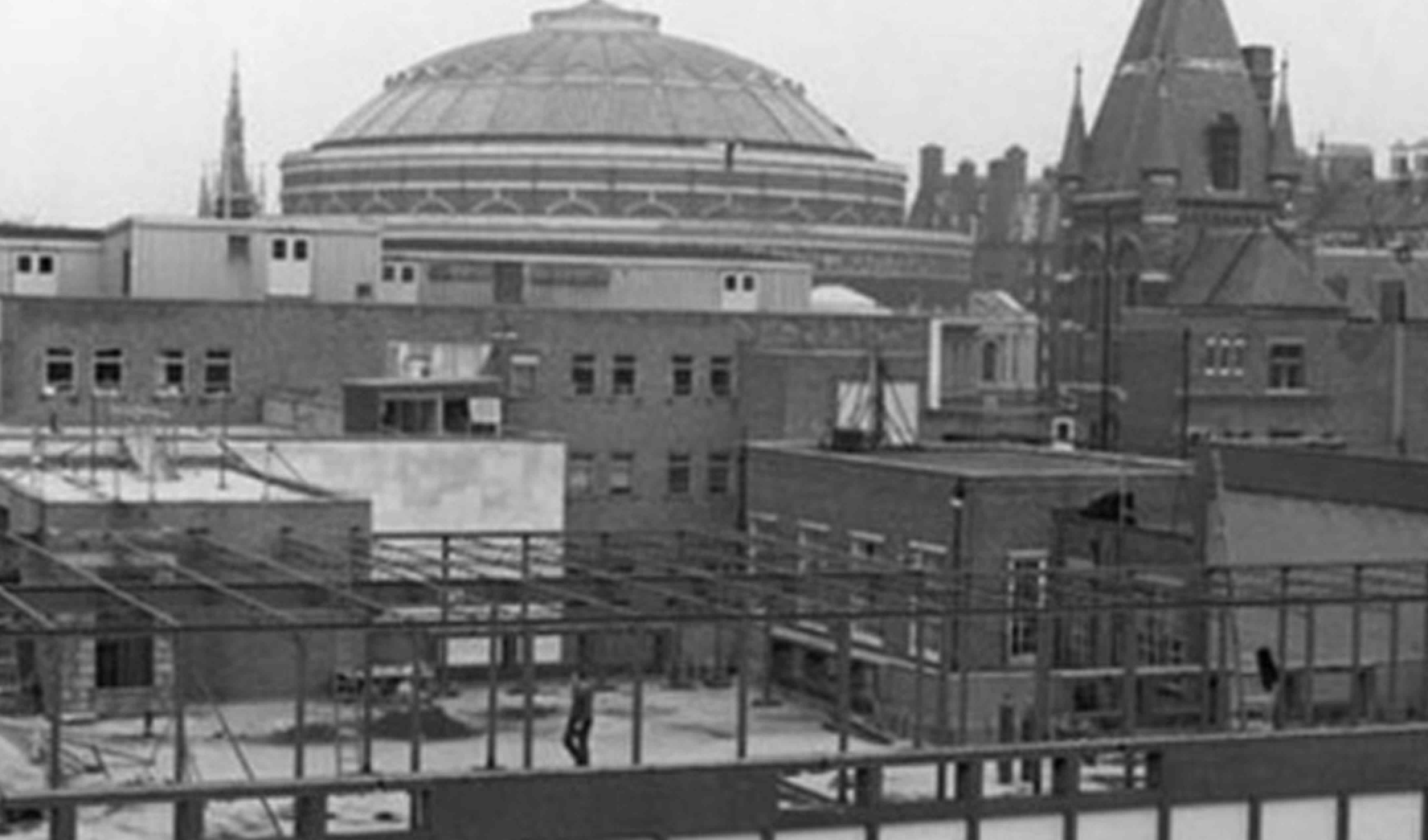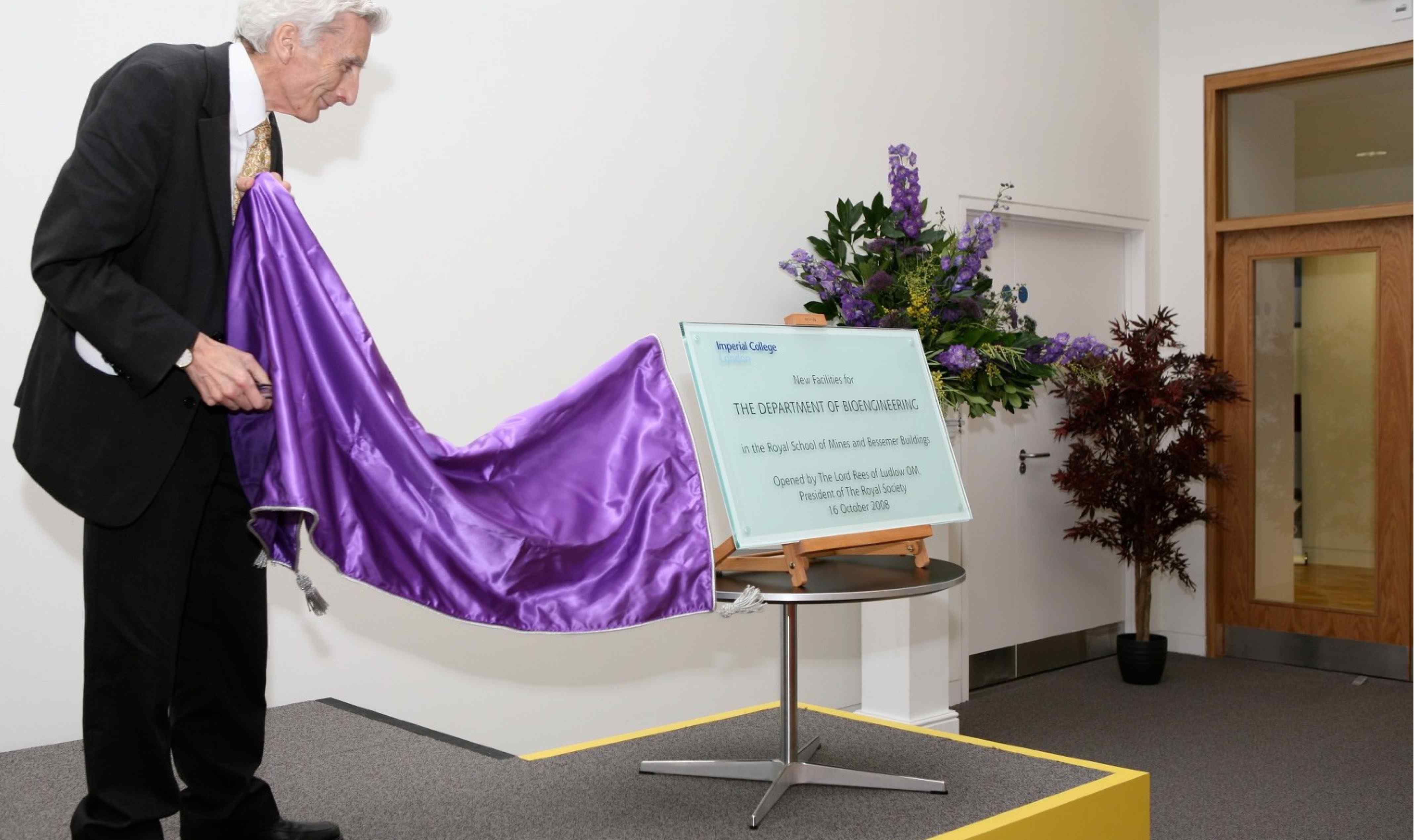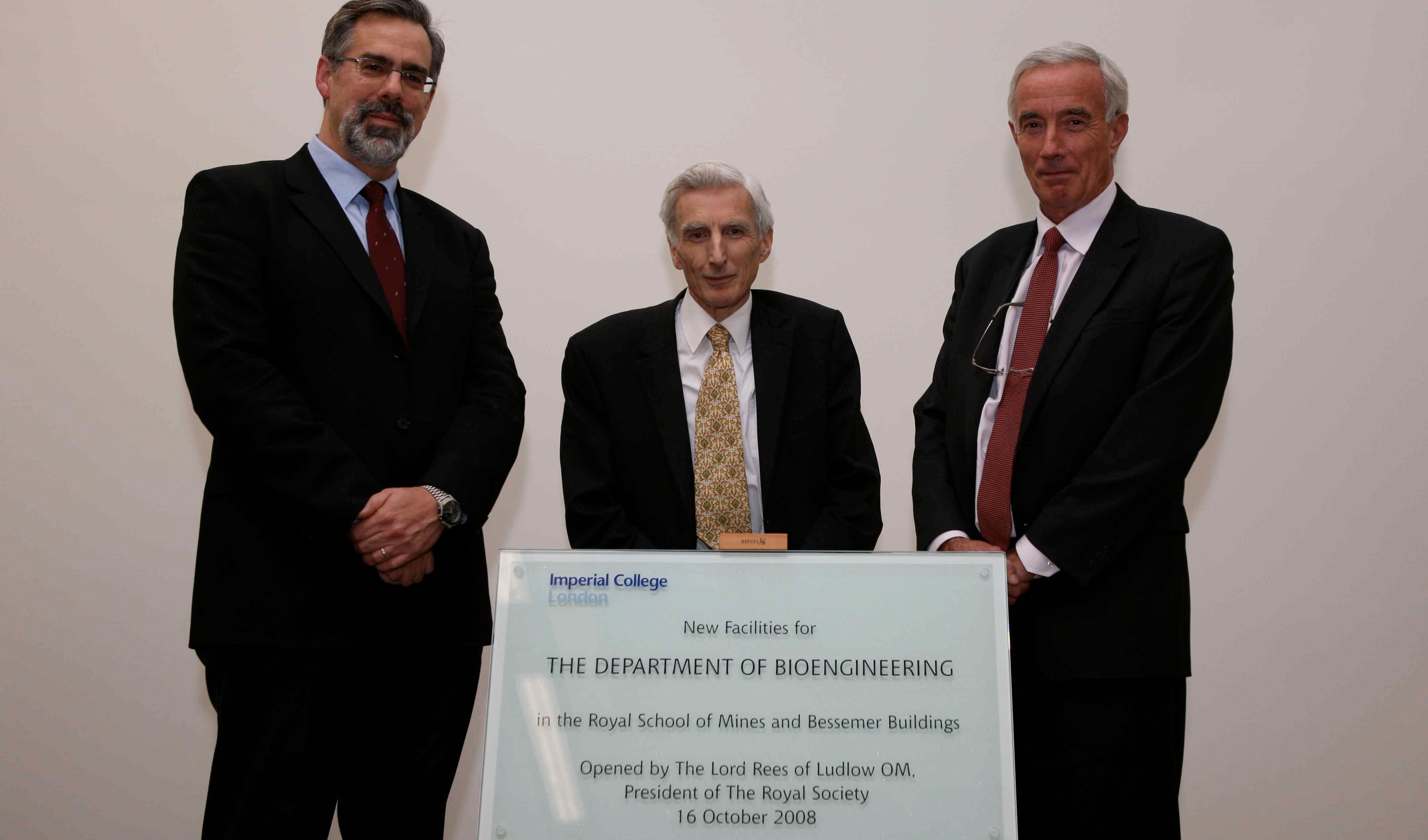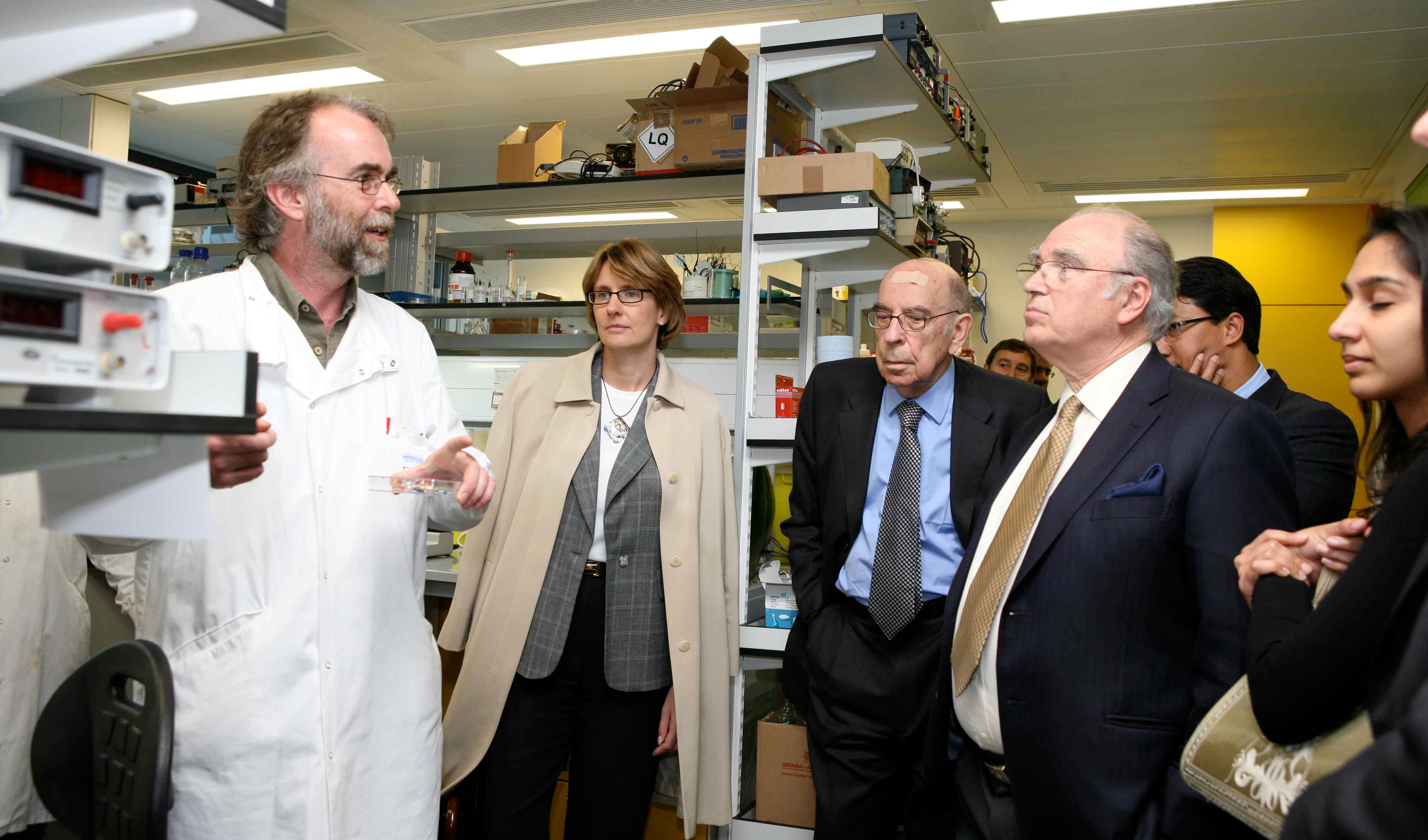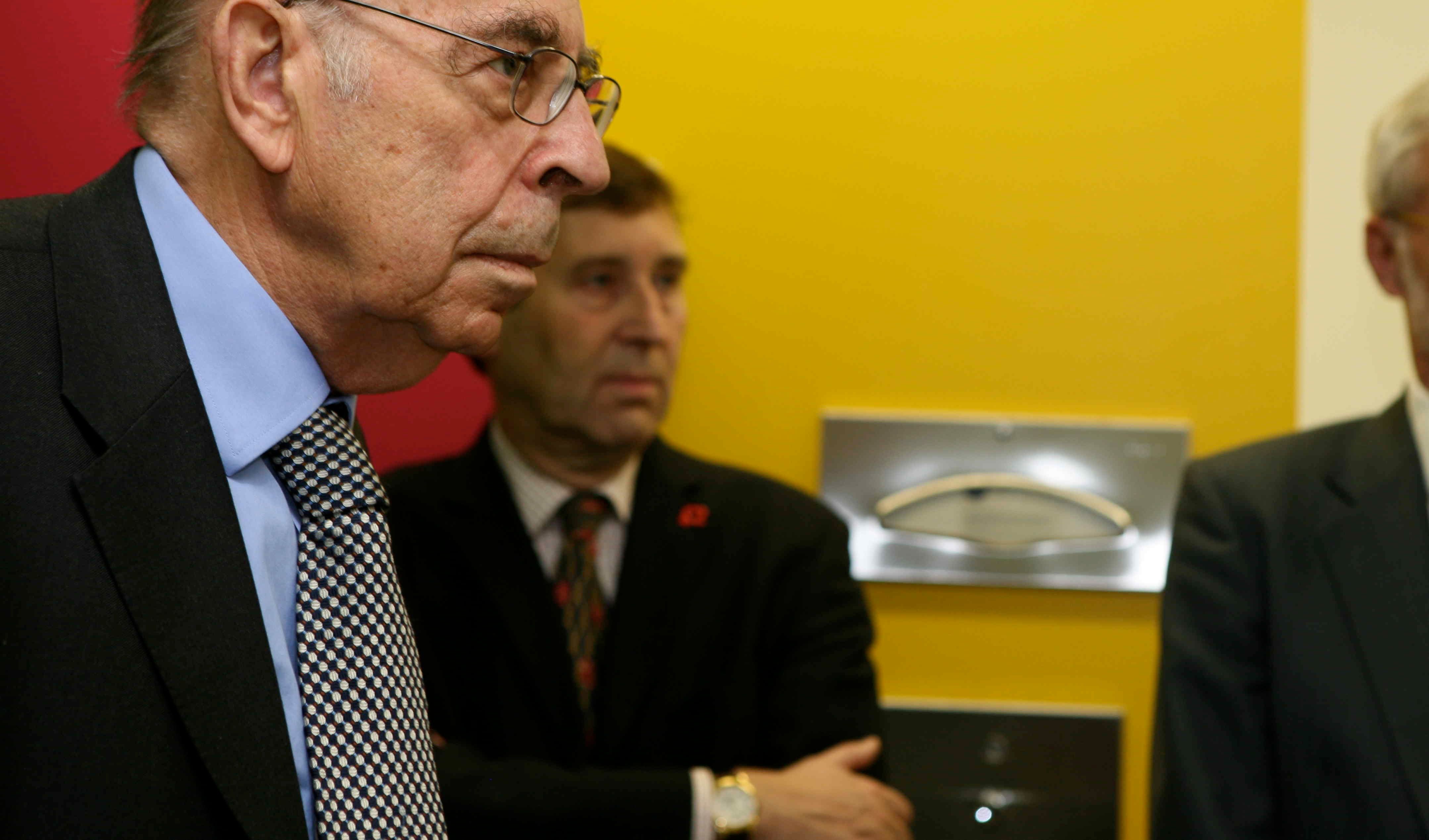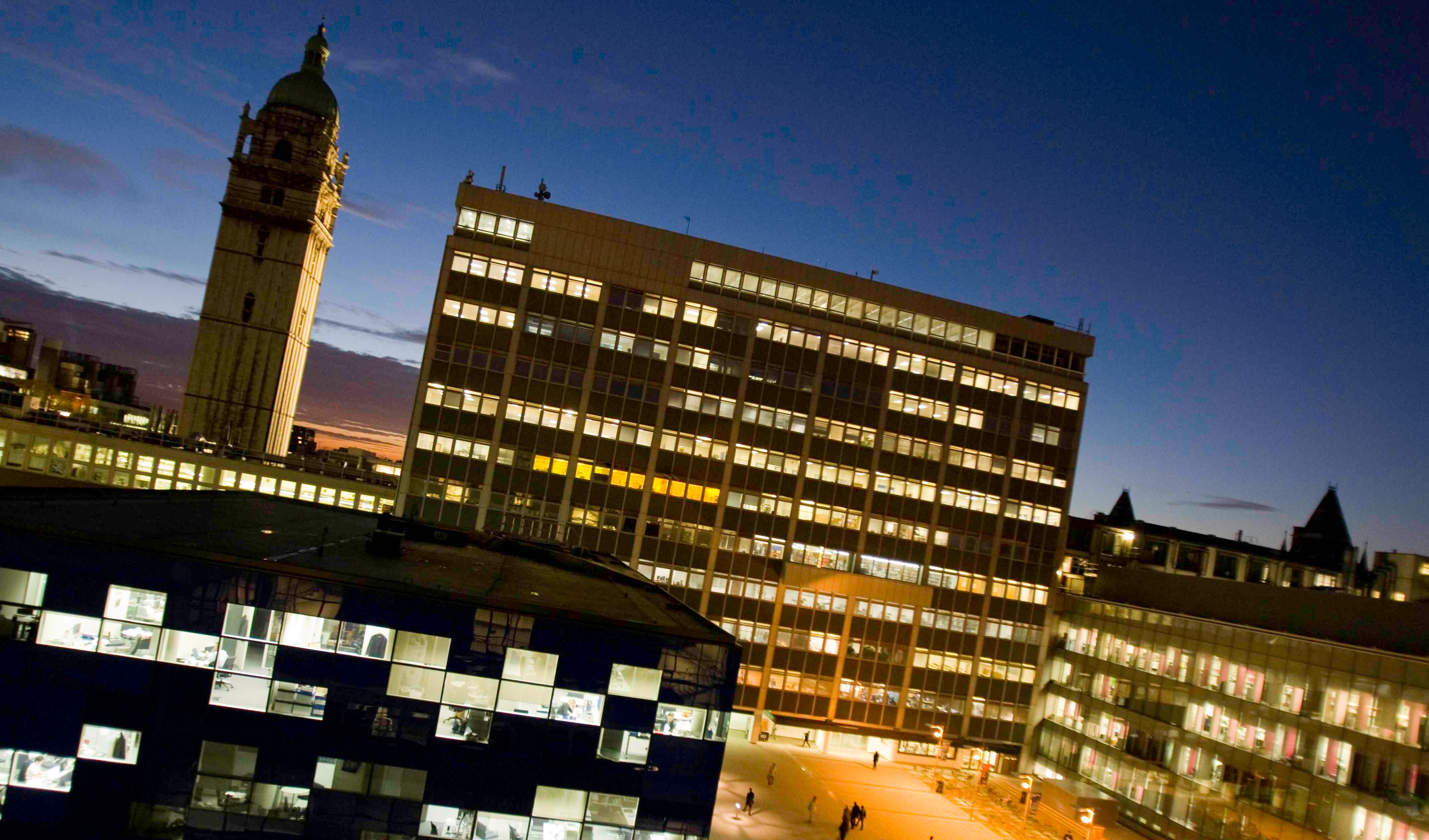Bioengineering at Imperial College has a distinguished history, beginning with pioneering research in the 1960s that shaped the emergence of the discipline. The Department has its roots in two research groups at Imperial that were global pioneers in bioengineering.
1963: The Engineering in Medicine Laboratory was founded as a research group in the Department of Electrical and Electronic Engineering. The group developed a strong reputation in biomedical signal processing. It later developed activities in the areas of ultrasound and magnetic resonance imaging.
1966: The Physiological Flow Studies Unit was founded within the Department of Aeronautics, making it one of the first interdisciplinary biomechanics groups in the world. The group rapidly gained an international reputation in the areas of arterial and respiratory fluid mechanics, and particularly for its pioneering work relating blood flow and vascular mass transport to atherosclerosis.
1989: The two groups merged to form the Centre for Biological & Medical Systems.
1991: Due to the generosity of the Bagrit Trust, a dedicated building, the Sir Leon Bagrit Centre, was opened. In the same year the MSc course was started, and runs to this day with an annual intake of around 80 students.
1998: The Centre for Biological & Medical Systems obtained Departmental status.
2001: The Centre was renamed the Department of Bioengineering.
2002: Undergraduate course in Biomedical Engineering introduced in October 2002; intake rapidly grew and now we have around 100 students per year, of whom half are female.
2008: Department expands and moves to new location in the Royal School of Mines and Bessemer buildings in the South Kensington campus. Take a tour of the Department with then Head of Department Professor Ross Ethier.
2009: EPSRC and Wellcome Trust Centre for Medical Engineering Solutions in Osteoarthritis announced.
2009: EPSRC Centre for Synthetic Biology and Innovation announced.
2011: Sports Innovation Challenge developed from £1million partnership between Rio Tinto and Imperial College London to assist development of undergraduate students' engineering design and prototyping skills.
2012: £8million investment from The Royal British Legion for Centre for Blast Injury Studies.
2013: EPSRC Centre for Neurotechnology for Life and Health announced.
2013: MRes in Medical Device Design and Entrepreneurship created by Professor Jimmy Moore. To develop students' entrepreneurial skills alongside biomedical engineering knowledge.
2014: Michael Uren donates £40 million to biomedical engineering at Imperial for the development of the Michael Uren Biomedical Engineering Research Hub at the White City Campus.
